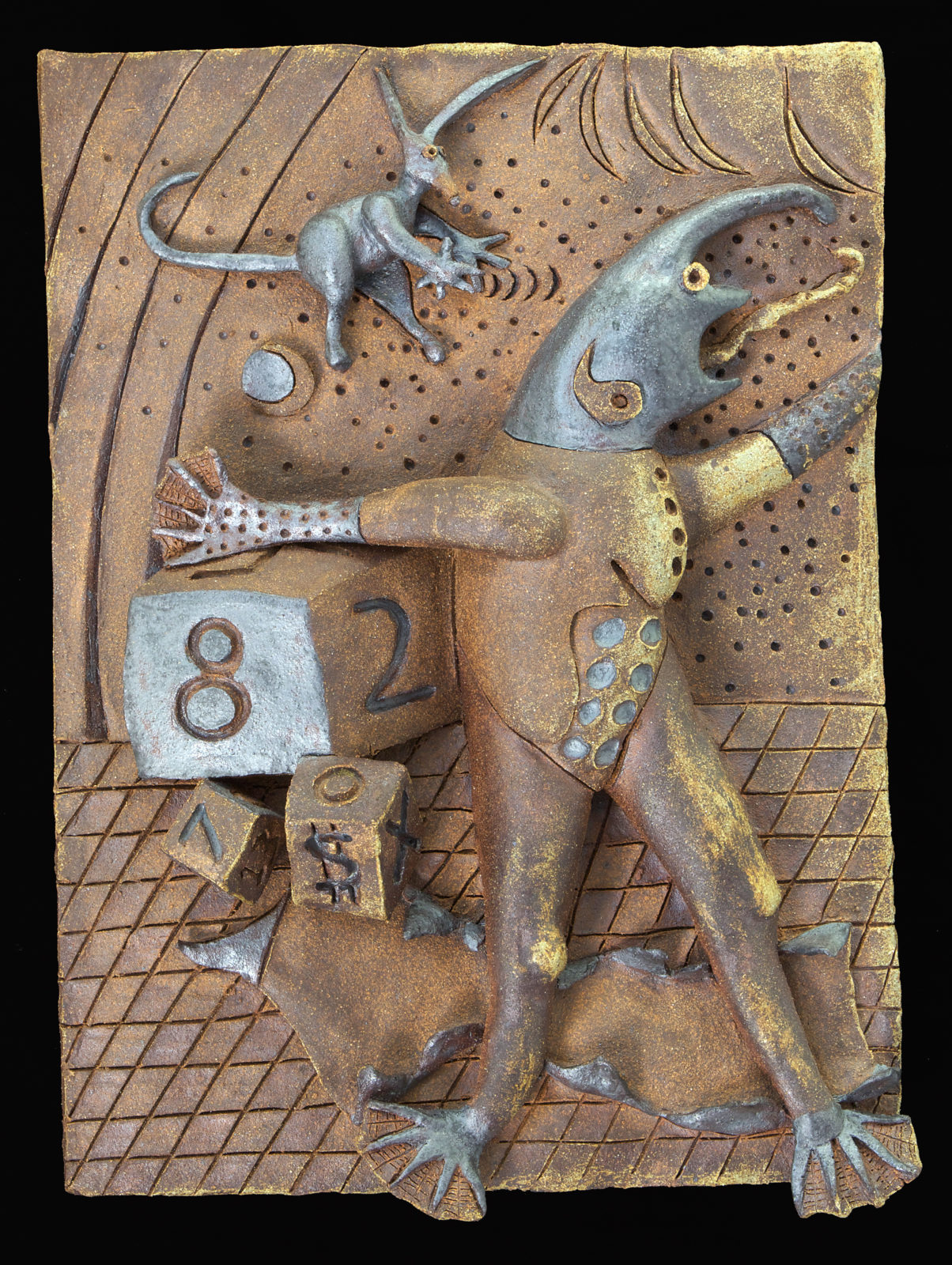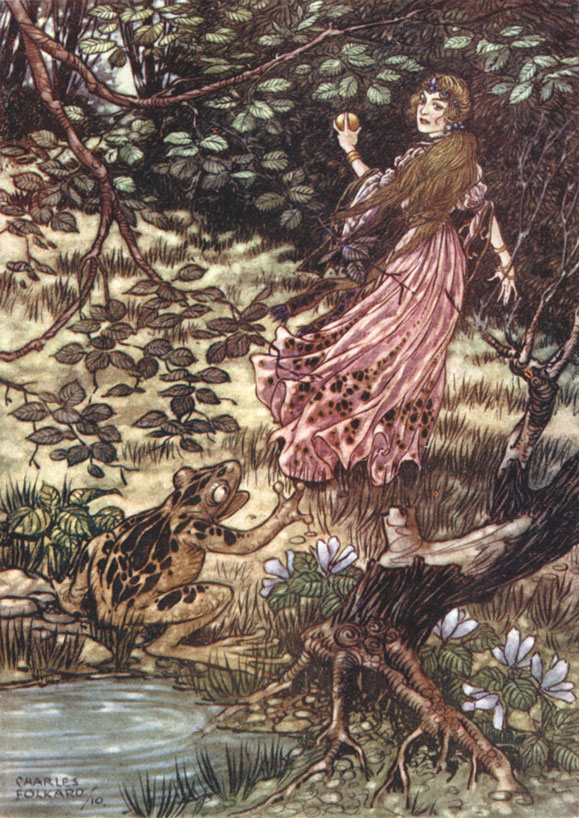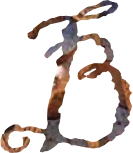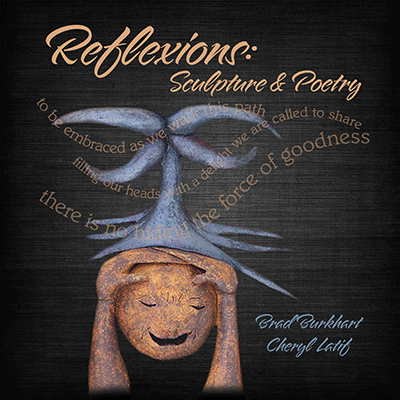After hitting a number of dead ends during the last year trying to find a reliable local kiln to fire my work, out of the blue, I learned about a kiln available nearby that’s just what I need for my particular method of firing. As I investigate the possibility of purchasing and moving the kiln to a new location, I’ve noticed the piece below speaking to me.
Should I proceed with buying the kiln and learn how to fire my works after 20 years of others doing it for me? Let’s see what the April Sculpture of the Month has to say.

Adapting to the Life of the Frog Prince or Game of Chance
I did not previously know the story of “The Frog Prince,” a classic Grimm’s Fairy Tale, which tells of a handsome prince turned into a frog by an evil witch. In his quest to return to human form, he meets an entitled princess after she drops her beloved golden ball into the pond where he lives.Bereft, she agrees to let the frog retrieve it, on the condition that he can eat with her and sleep in her bed from then on… but she makes this promise never intending to follow through.When the “ugly” frog shows up at her door, she turns him away, but her father hears of her pledge and insists she must keep it. So even though the frog repulses her, she eats and unhappily shares her pillow with him until she can stand it no longer.In a fit of rage, she grabs the frog and throws him against a wall. However, instead of killing him, the blow breaks the spell, and the handsome prince emerges to eventually wed the princess. (A later version says she kisses him, and this causes his transformation back into a prince.)

“The Frog Prince,” Grimm’s Fairy Tales, Illustrated by Charles Folkhard
What might we glean from this tale?
The story seems to challenge us, on one hand, to recognize that situations that upset or offend us often are not threatening or dangerous. In fact, they can lead us in a positive direction, whether we embrace them or push them away. In the original fairy tale, the princess needed to learn humility through the frog, perhaps chosen by the Brothers Grimm to play this role as a common symbol of metamorphosis (egg to tadpole to frog).
On the other hand, viewing the tale from the standpoint of the frog, we see someone yearning for a way back to his human form and to the life of a prince. However, he faces a game of chance in how to break the curse. (In our book collaboration, poet Cheryl Latif gave an alternate name to this sculpture: Game of Chance.)
When a princess drops her ball in his pond, seemingly by accident, he sees this as his opportunity. Ironically, the young woman he connects with feels repulsed by him, but trusting that this new path could possibly break the witch’s spell, even though it seems counterintuitive, he proceeds. Perhaps the lesson here is that what seems like chance may not be, so be ready to jump!
I have learned to trust that such “chance events” in my own life often arise to guide me toward my own best path, once I have clearly articulated a destination. Thus, I believe Adapting to the Life of the Frog Prince advises us to carefully frame important questions about our life’s direction, and then, pay close attention to the solutions life presents us, trusting them even when they don’t initially make sense. This is choosing the path of the frog prince!
In my own life, I know I need to find a new way to fire my work, and I am coming to believe that my future is with the new kiln.



